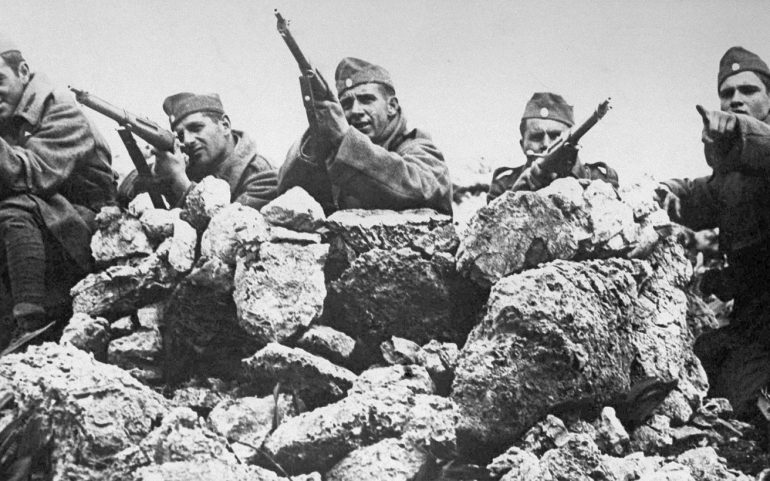In the vortex of World War II and while Greece was still under the Nazi boot, civil war broke out in the country. On the one hand ELAS and on the other EDES. Left and right often found the opportunity to fight with each other.
Fierce battles. Bloody. As in any civil war, anywhere on the planet, no matter what. The goal is to prevail and of course the next day. From the moment it appeared that the Nazi war machine was beginning to crumble on all fronts, the "next day" was always in demand.
By February 1944, the greatest war that mankind has ever experienced was at a critical juncture. The Allies were constantly gaining ground and everything showed that the day of the landing on the old continent would not be late.
In the first thoughts was this landing to be made in Greece. But how could such a thing happen with the Greek resistance organizations fighting with hatred for each other?
Civil war during the greatest massacre of mankind
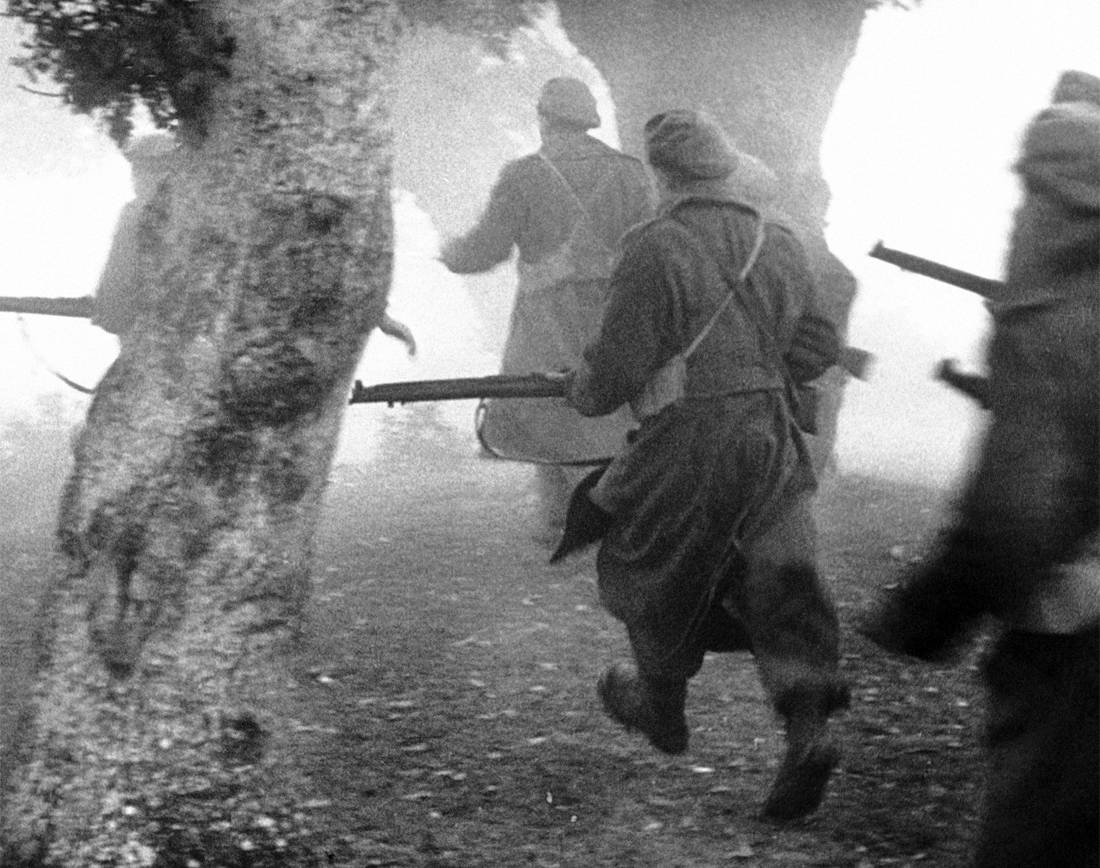
The first phase of the Greek civil war began in 1943. This phase was much more bloody than the whole subsequent period until the final end of the civil war in 1949. It is indicative that according to some historians over 90% of its victims civil strife were killed in 1943-1944!
The Greek civil war is not a "birth" of its time. It had started many years earlier and just then it peaked. Its origins must be sought in the era of national division, the Asia Minor catastrophe and of course the dictatorship of the 4th of August, of Ioannis Metaxas.

With the German invasion of Greece in 1941, on the one hand, a power vacuum was created and on the other hand, it established the regime of cooperation (dosing) with the occupying forces. The dossiers, hated in Greek society, represented in the eyes of many the establishment with which the place had to get rid of.
The camps were divided. On the one hand EAM-ELAS and on the other EDES. Left and right, respectively, rallied in the two largest resistance organizations and the conflict did not take long to come.
Beyond the "microcosm" of the Greek civil war, however, the looming defeat of the Axis powers hastened the debate about the next day on the planet. The Allies were preparing the final attack and Greece had its own role in these plans.
British pressure and "Noah's Ark"
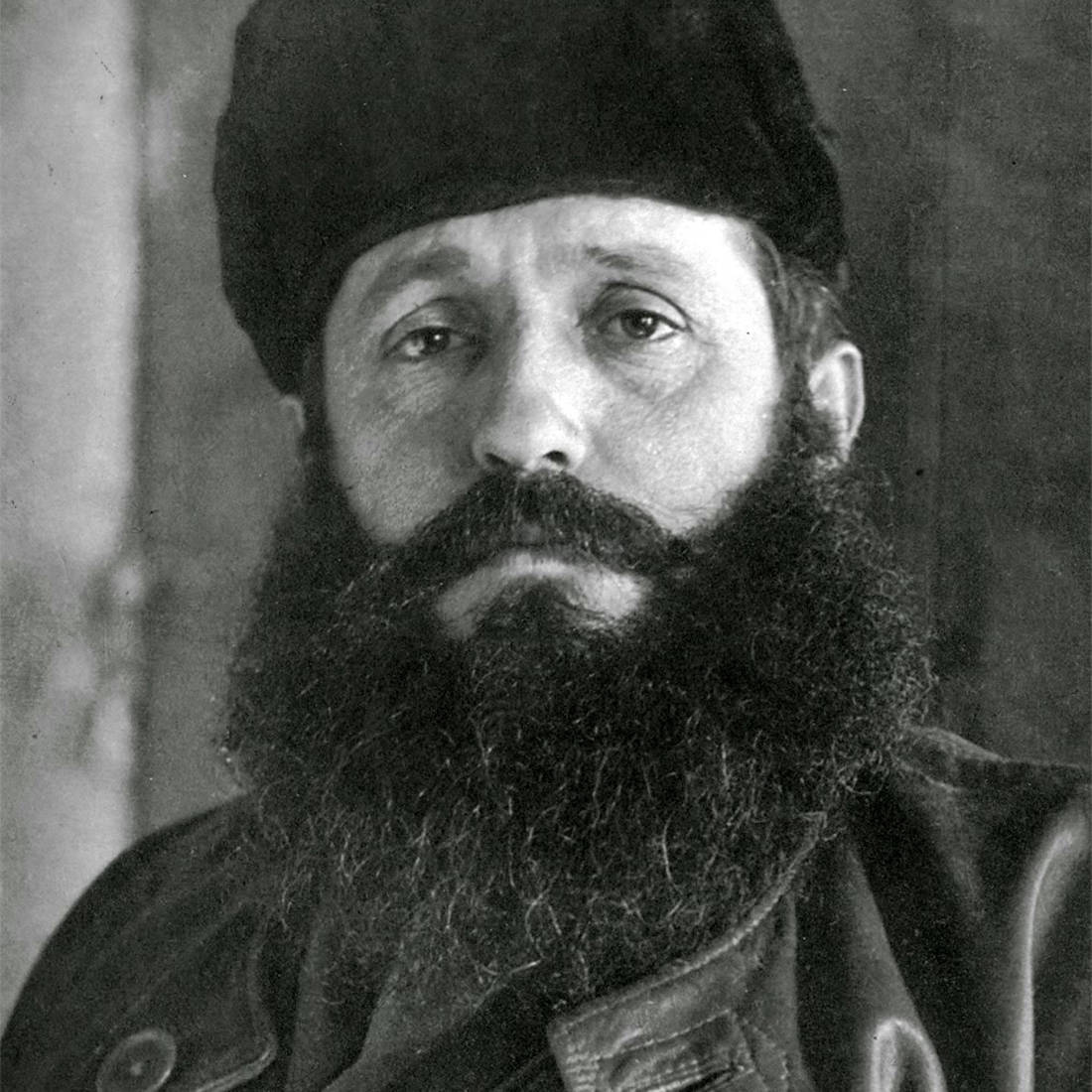
From the beginning of 1944 the allied forces had begun to make plans for a major landing in Europe which would essentially mark the beginning of the end for the Reich.
Winston Churchill considered that Greece was an ideal place for such a landing. He therefore asked the British Middle East Headquarters to draw up a detailed plan of exactly where and when. This grandiose plan was called "Noah's Ark" and provided for the landing of allied forces on the shores of mainland Greece in the spring or summer of 1944 at the latest.
"Headache" for the Allies, however, was the civil war that was in full swing in the country. How could they make such a landing with the Greeks slaughtering each other?
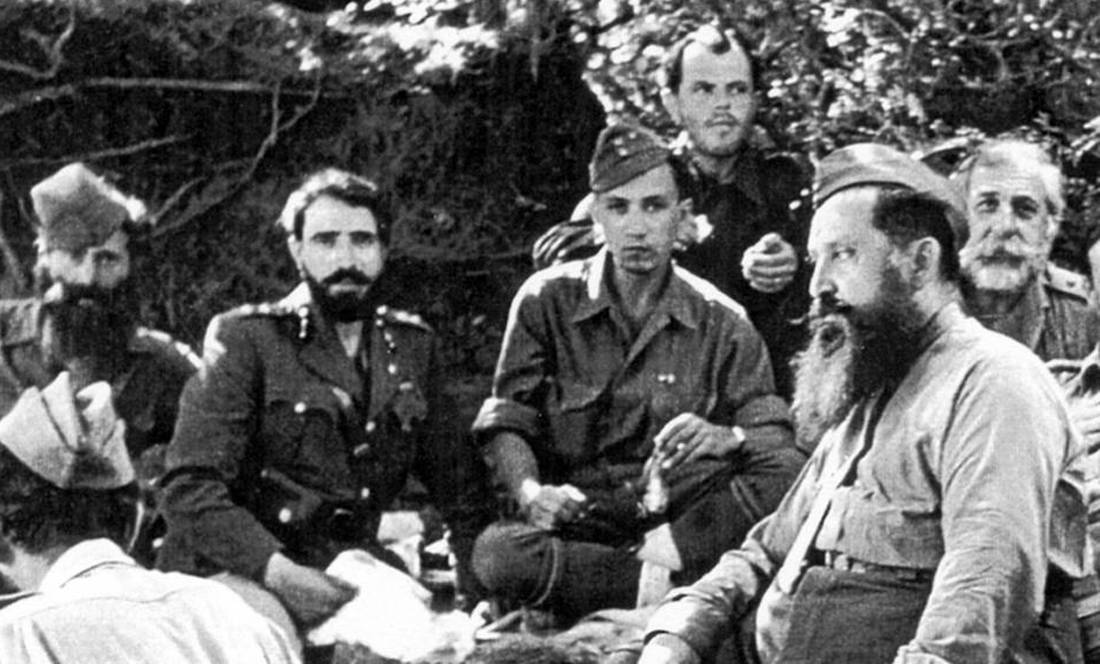
The Allies, with the British at the forefront, decide to take action and force the warring parties to sign a peace treaty in order to create the right ground for the landing.
The negotiations officially started on February 19, in the village of Myrofyllo, Trikala. ELAS was represented by Stefanos Sarafis, Petros Rousos and Babis Klaras (brother of Aris Velouchiotis).
The three-member delegation of EDES consisted of Komninos Pyromaglou, Petros Nikolopoulos and Nikos Vergetis and from the side of EKKA (the third largest resistance organization) Dimitrios Psaros and Georgios Kartalis. The meeting was also attended by US Major Wines from the Middle East Headquarters and British Colonel Chris Goodhouse, as a representative of the Greek military administration.
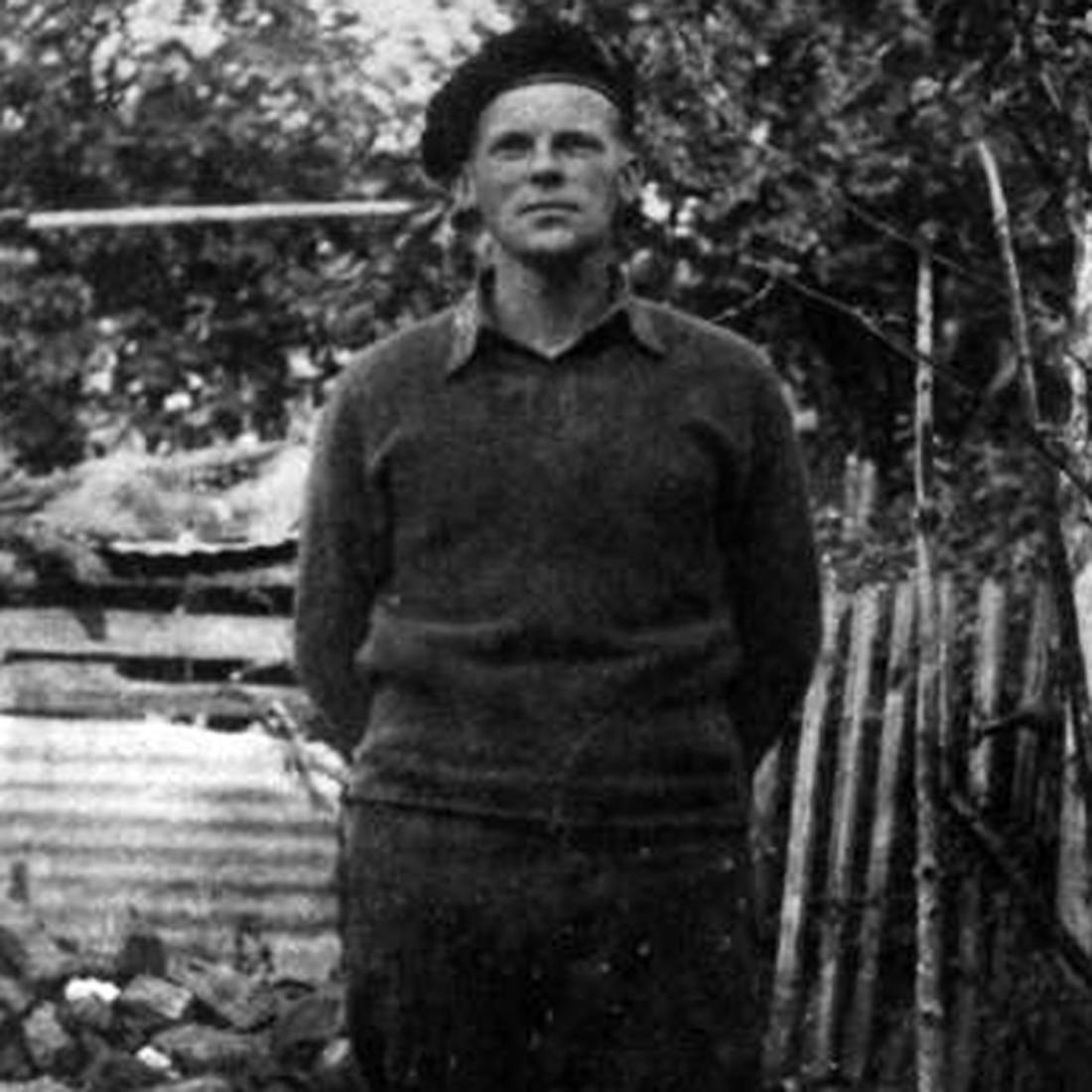
After the discussions had started, it was decided to move the seat of the meeting from Myrofyllos to Plaka of Arachthos, so that Zervas could also be present. The Commission met at the house of Konstantinos Kostoulas, located next to the historic arched bridge.
The three issues discussed were the unification of all guerrilla groups, the appointment of a general and the formation of a political government. Also, it was immediately decided to stop the hostilities between them.
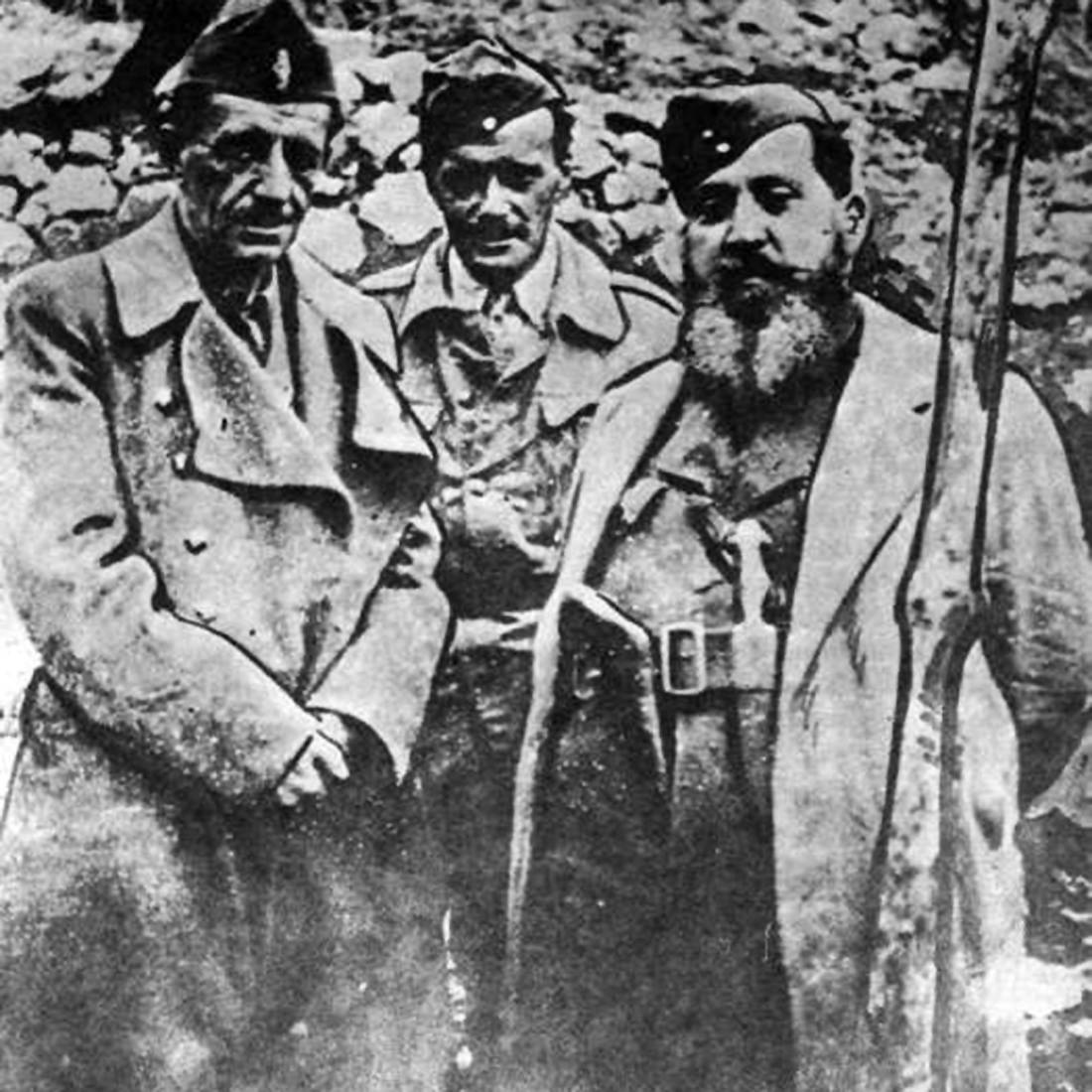
Finally, on the afternoon of February 29, 1944, the protocol of the Myrophyllos-Plakas agreement was signed, which briefly provided the following:
a) cessation of hostilities ELAS-EDES
b) preservation of the territories they held on the day of the agreement
c) their joint action against the conqueror
d) Joint Committee to oversee the implementation of the Agreement
e) release of prisoners and hostages
f) supply for all resistance organizations
(G) condemnation of the security battalions and the occupying Ralli government
An Agreement that was violated before the ink dried
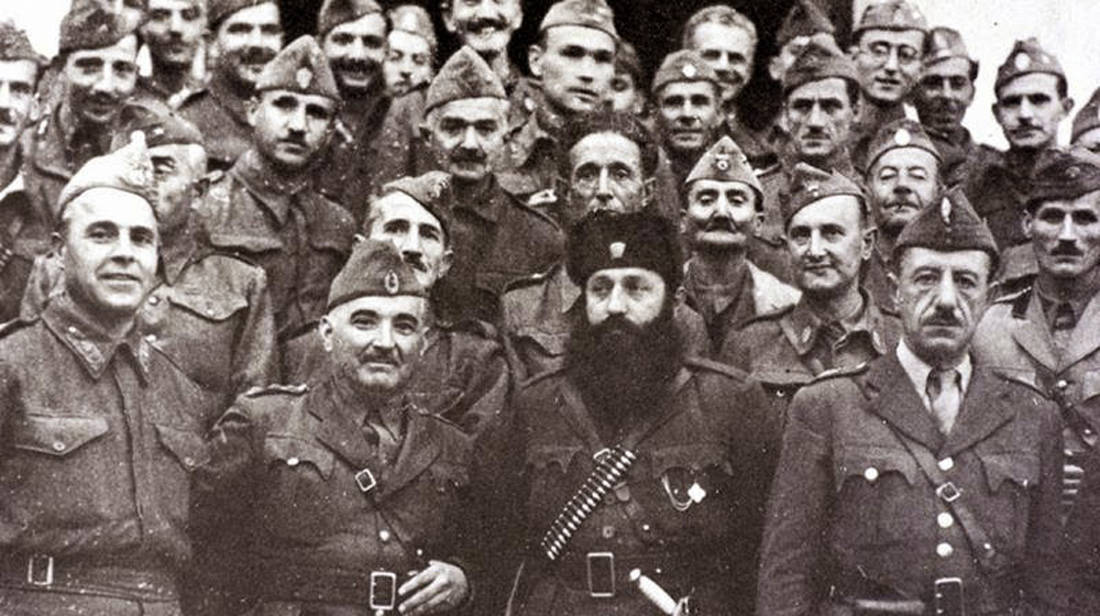
Inside ELAS, led by Captain Aris Velouchiotis, there were many who did not see the specific Agreement with a good eye. They said that in fact the British, under the pretext of the allied landing on the Greek shores, what they really did was to protect from the complete dissolution the forces of EDES, Napoleon Zervas who at that time were in positions of defense against the advance of ELAS and to allow them to be reorganized.
Apart from Aris Velouchiotis, Dimitris Vlantas, a leading member of the KKE and a lieutenant general of the DSE, who against the Agreement, years later described it as "a vestibule of the defeat of the revolutionary movement of the National Resistance" also opposed the Agreement.
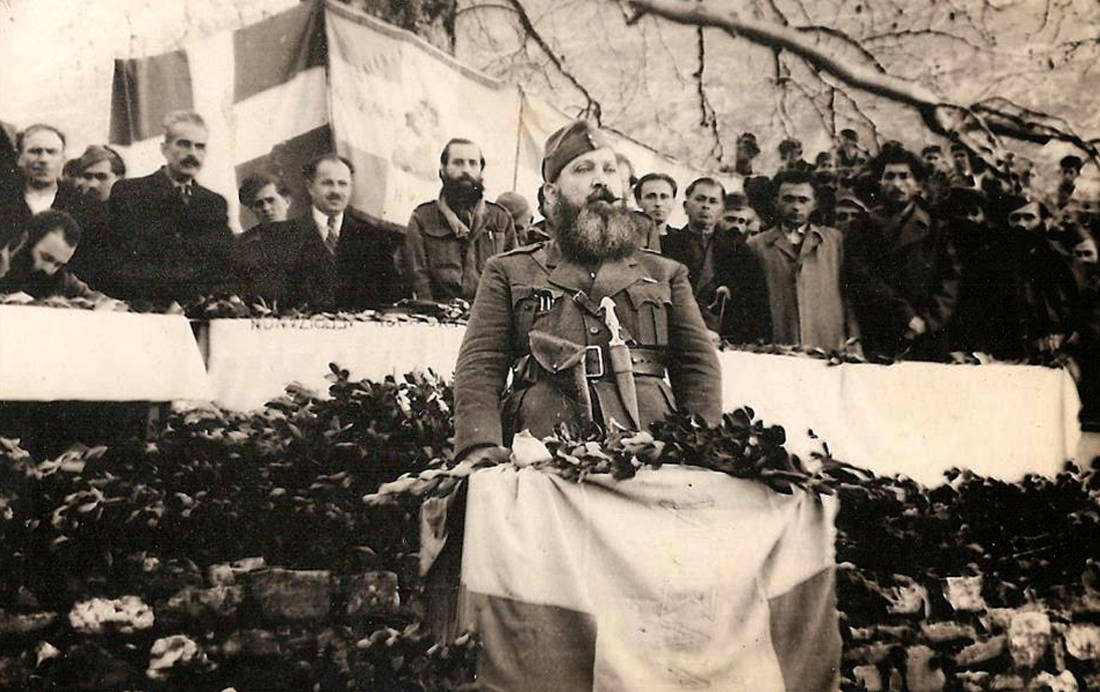
This view, which was openly expressed within EAM-ELAS, bringing introversion and grumbling, does not seem to be far from that of British Colonel Chris Goodhouse, who had said that the Myrophyllos-Plakas agreement is the first link in the chain of very important agreements between Lebanon and Caserta that led EAM-ELAS to the final compromise.
In the days following the signing of the Agreement, Zervas' forces did manage to regroup and a short time later, almost in parallel with the beginning of the gradual withdrawal of the Nazi forces from Greece, the armed clashes between ELAS and EDES began again.
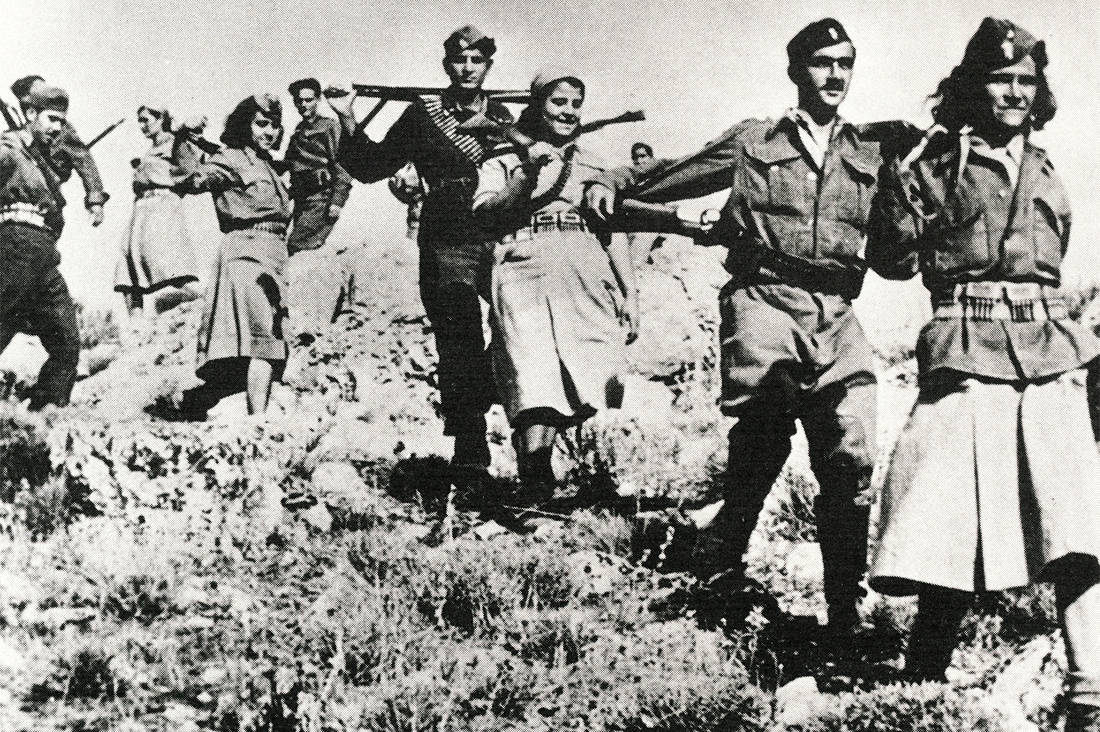
At the same time, the plan that provided for the landing of the allied forces in Greece, was abandoned and replaced by the corresponding one for the landing in Italy and mainly of course for the one in Normandy.
